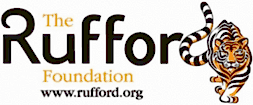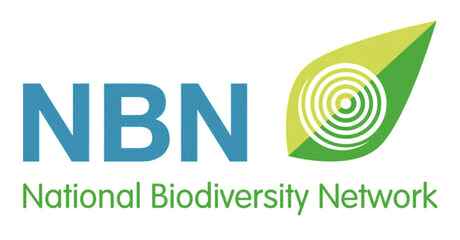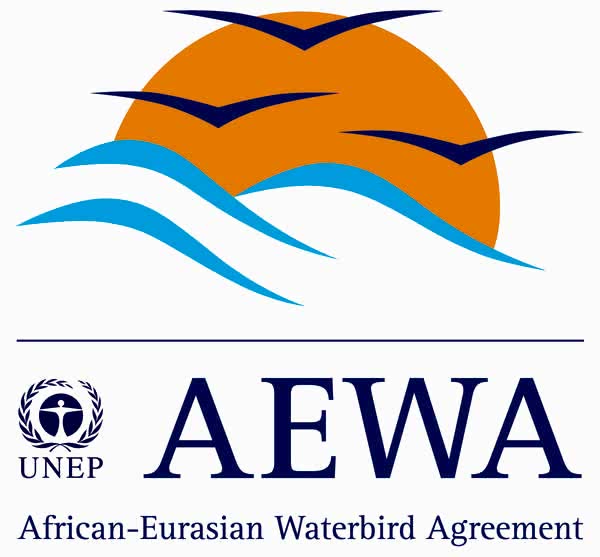Nutritive value of partially dehulled and extruded sunflower meal for post-smolt Atlantic salmon (Salmo salar L.) in sea water
Published source details Gill N., Higgs D.A., Skura B.J., Rowshandeli M., Dosanjh B.S., Mann J. & Gannam A.L. (2006) Nutritive value of partially dehulled and extruded sunflower meal for post-smolt Atlantic salmon (Salmo salar L.) in sea water. Aquaculture Research, 37, 1348-1359.
Actions
This study is summarised as evidence for the following.
| Action | Category | |
|---|---|---|
Use an alternative protein source: plant-based Action Link |
Use an alternative protein source: plant-based
A randomised, replicated, controlled study in Canada (Gill et al., 2006) found similar growth and survival rates and feed efficiency between groups of fingerling salmon, Salmo salar, fed diets containing fish meal compared with diets containing sunflower meal. Growth rates were, on average, 1.39-1.45% per day. Average survival rates were 96.0-99.3% and average feed efficiency was 1.19-1.26. Groups of 50 fingerling salmon were fed one of four experimental diets containing 8.25%, 16.5%, 24.75% or 33% of sunflower meal. A control diet was given to a fifth group of fish containing 68.2% low-temperature dried anchovy (fish) meal. Squid meal (70g per kg) and FinnstimTM (10g per kg) were incorporated into each diet to reduce problems associated with palatability. Salmon were fed for 84 days and were weighed on day 0, 42 and 84.




















